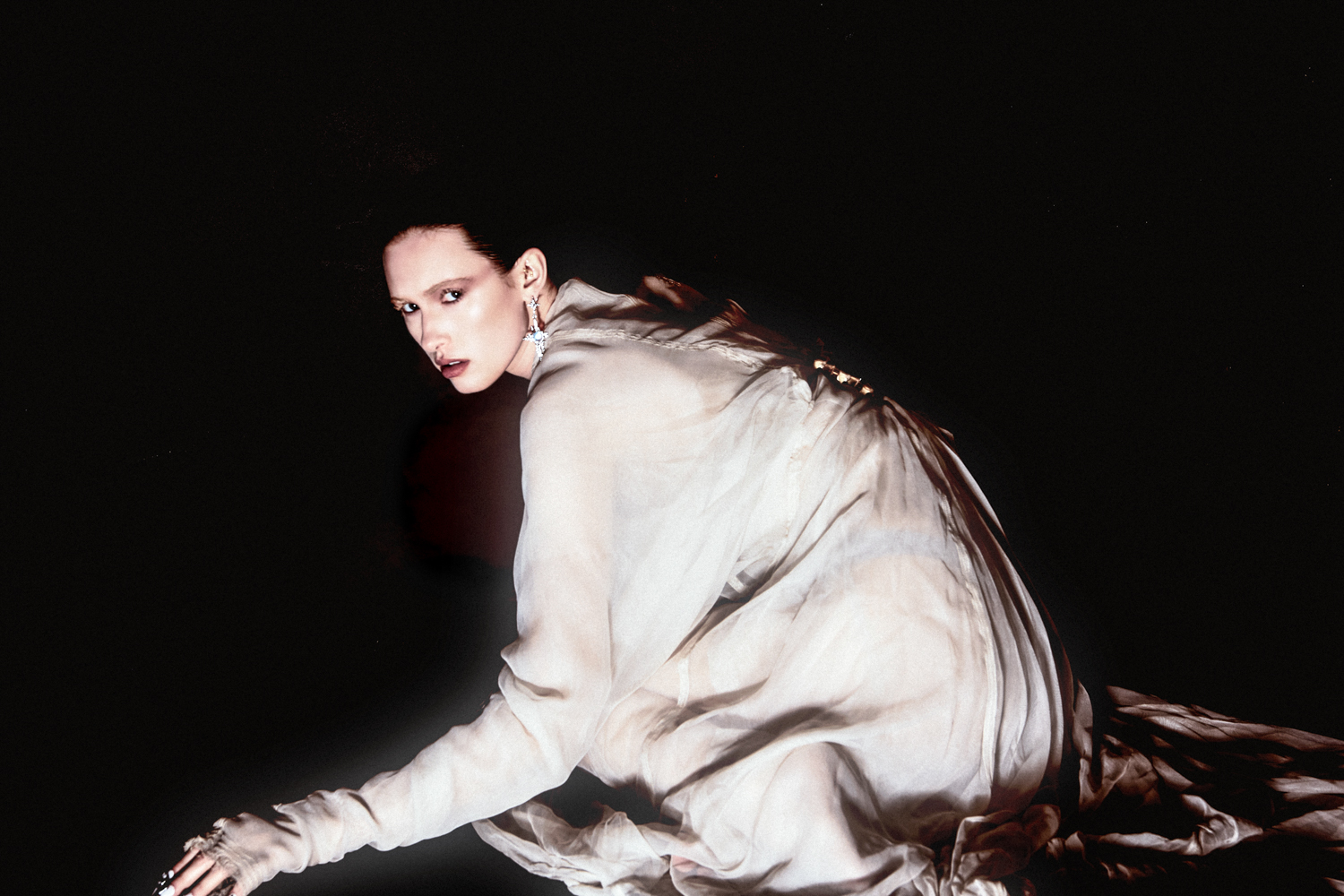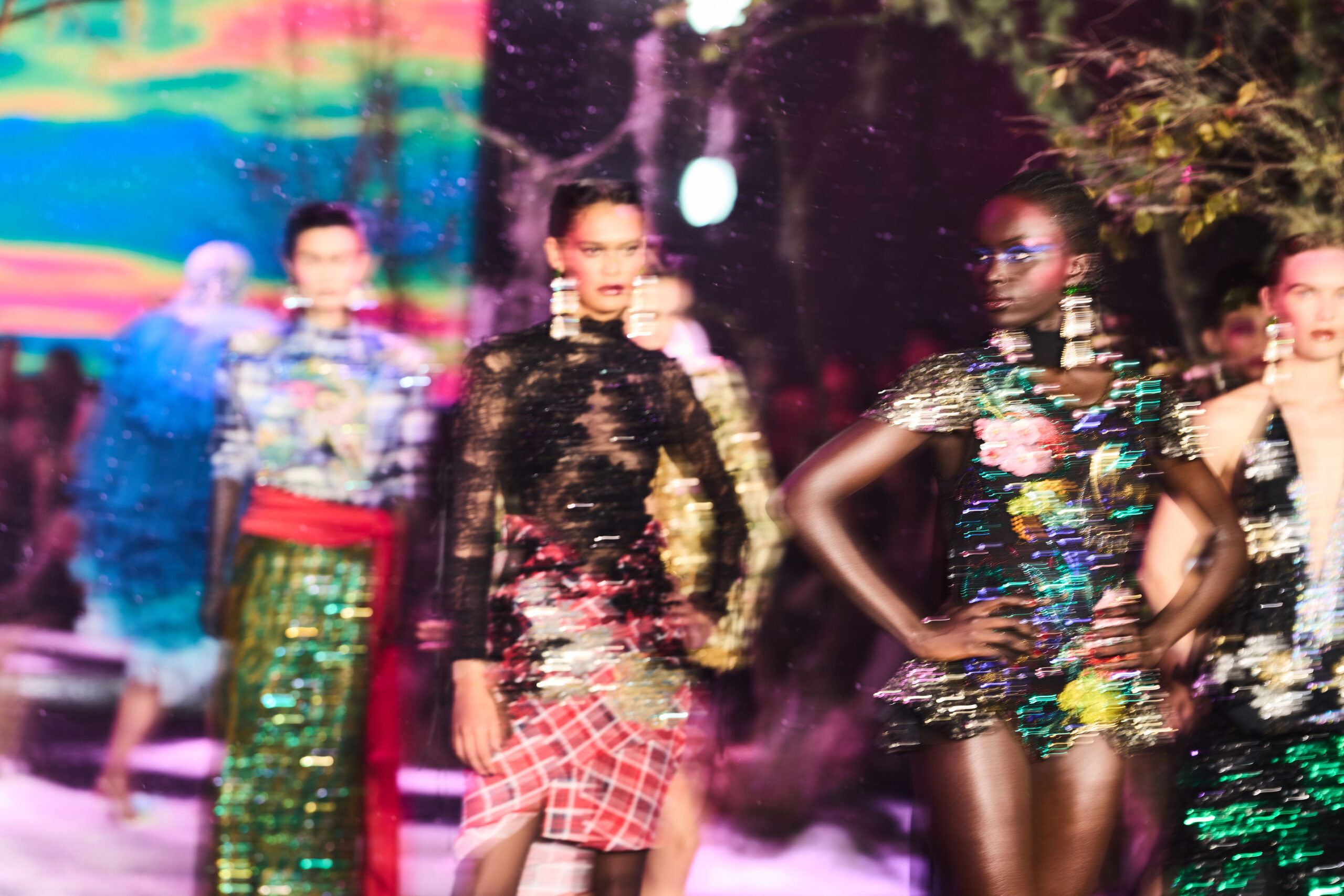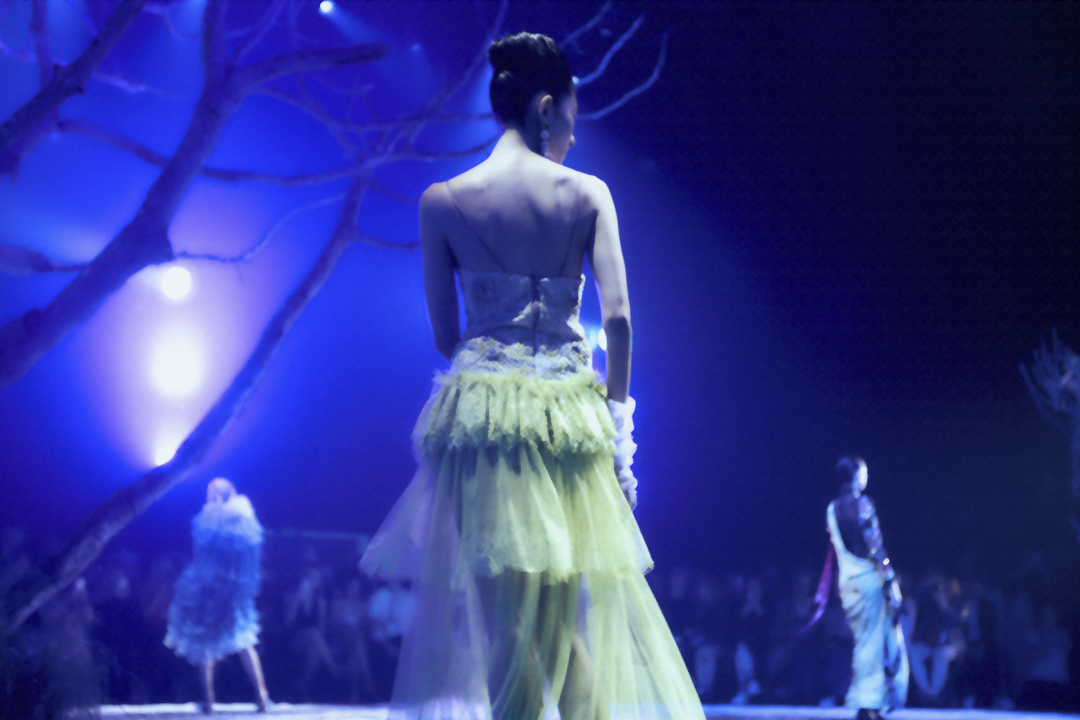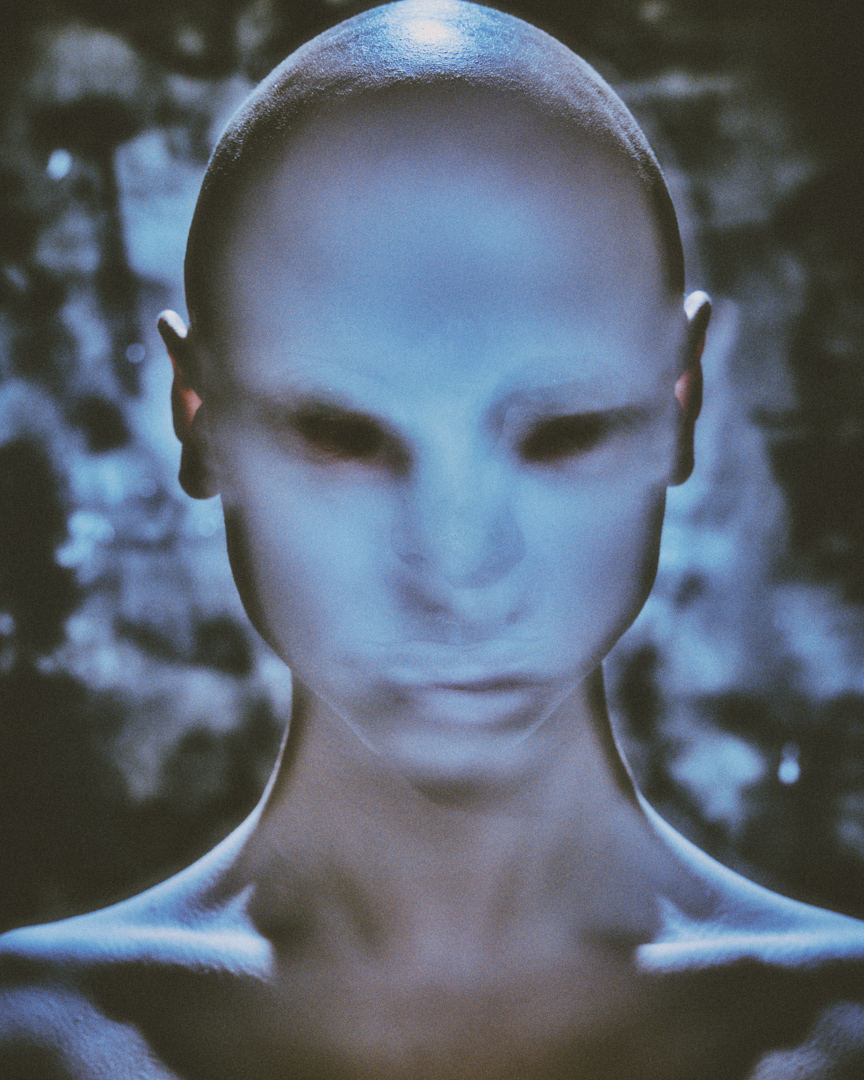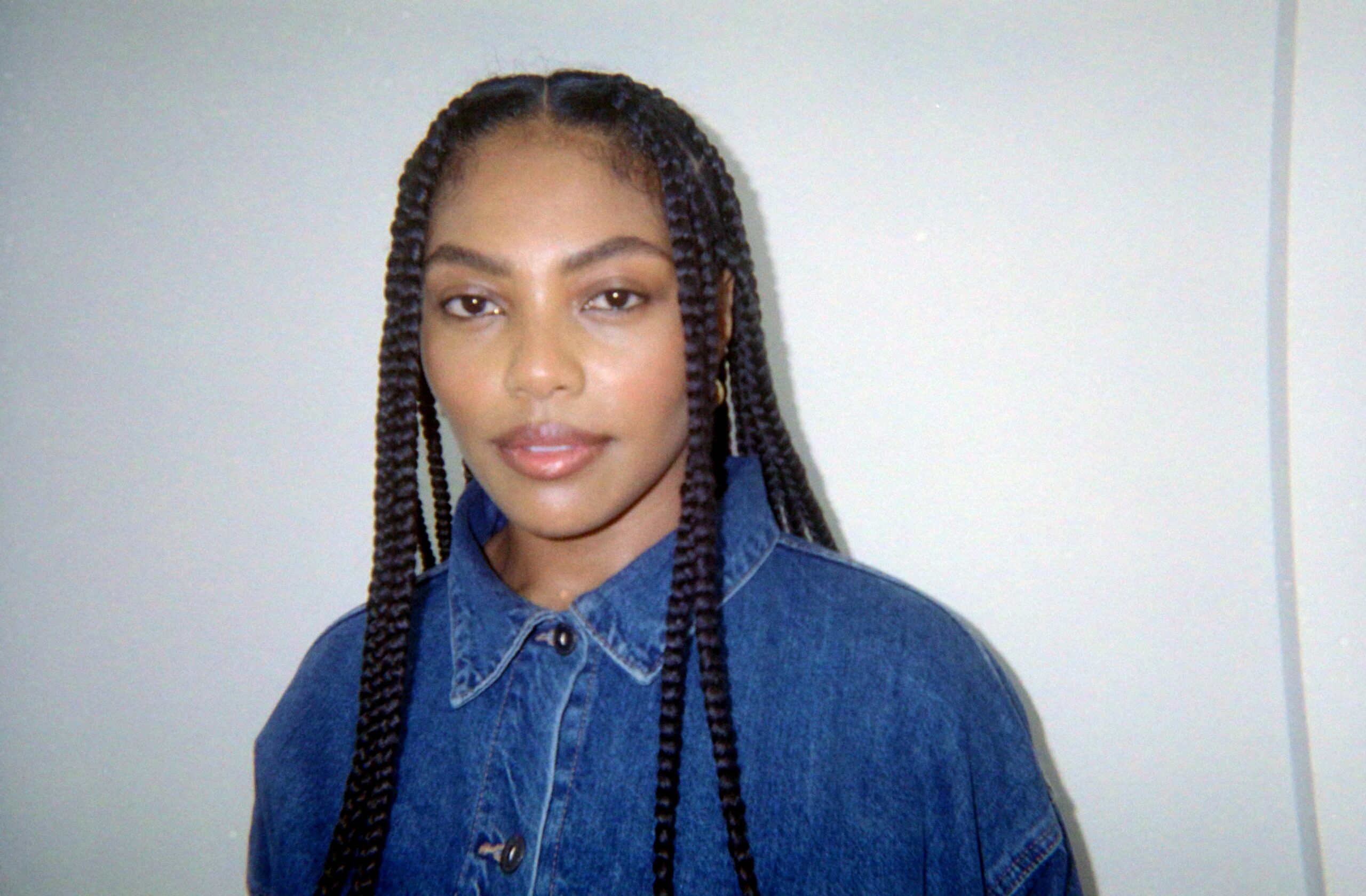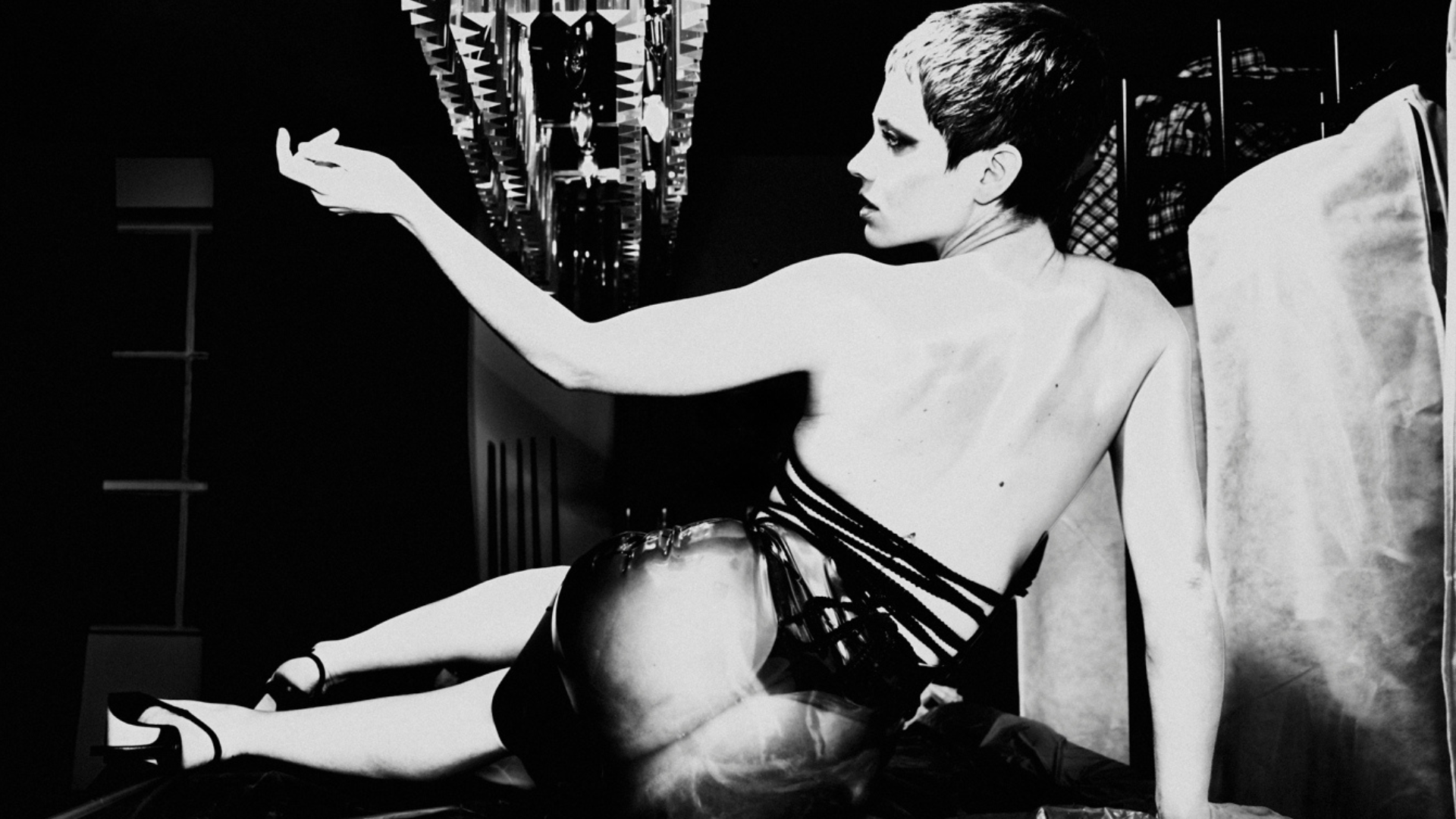Counterculture is stronger, farther reaching and more fluid than ever before.
Because it needs to be.
In 2025, counterculture flows like water into society’s many cracks. It doesn’t come kicking down the door in Doc Martens and a safety-pinned jacket, it finds the gaps in the floorboards. It slips under the skin of systems, threads itself through the seams of procedure and protocol, pools quietly in forgotten corners of the internet. You might not notice it until you’re standing in it, soaked in some strange, stubborn refusal to go along with the status quo.
To me, and I’m sure many fellow brains, the concept of counterculture exists as the perfect contronym to what its etymology might suggest. A way of life and set of attitudes opposed to, or at odds with, the prevailing social norm. Counterculture sees the needs that go underserviced and the communities that are underrepresented in the mainstream. If we’re still working with water analogies here, could counterculture be operating as the 5D societal sprinkler system that gives life to innovation and rebellion? Counterculture isn’t anti-culture, in fact, it might be more *pro-culture* than popular culture could ever hope to be.
Modern counterculture is no longer top-down. It’s not even linear. It’s non-binary in every sense — challenging not just identity norms but also the idea that culture must be either mainstream or underground, capitalist or anarchist, online or offline. In the face of big data, surveillance capitalism, fast fashion and artificial intelligence, counterculture has become decentralised, anonymous, homemade and niche.
So what does this all mean? That counterculture hasn’t disappeared, but multiplied. In an era shaped by globalisation and de-localisation where trends cross borders in seconds and cultural identities stretch thin, resistance is no longer about flying a flag. It’s about planting roots. Building bridges. Filling gaps. It’s about reclaiming the freedom to be messy, uncool, and uninfluenced, not in defiance of the system, but in spite of it.
If counterculture in 2025 truly is more fluid than ever before, then DRAFT reads like a love letter to that shapeless resistance. It’s not screaming down the hallway of the establishment with a manifesto on fire; but rather building a pillow fort in the corner and inviting everyone in.
There’s something deeply countercultural in that. Not in a nostalgic way or a denim jacket, protest chant kind of way (though there’s a time and place for those too).
DRAFT’s counterculture is choosing vibes over algorithms, mess over messages and sometimes swapping out heads for hearts. It’s a living, breathing, collaborative question mark.
And now I’m asking you, what’s next?

